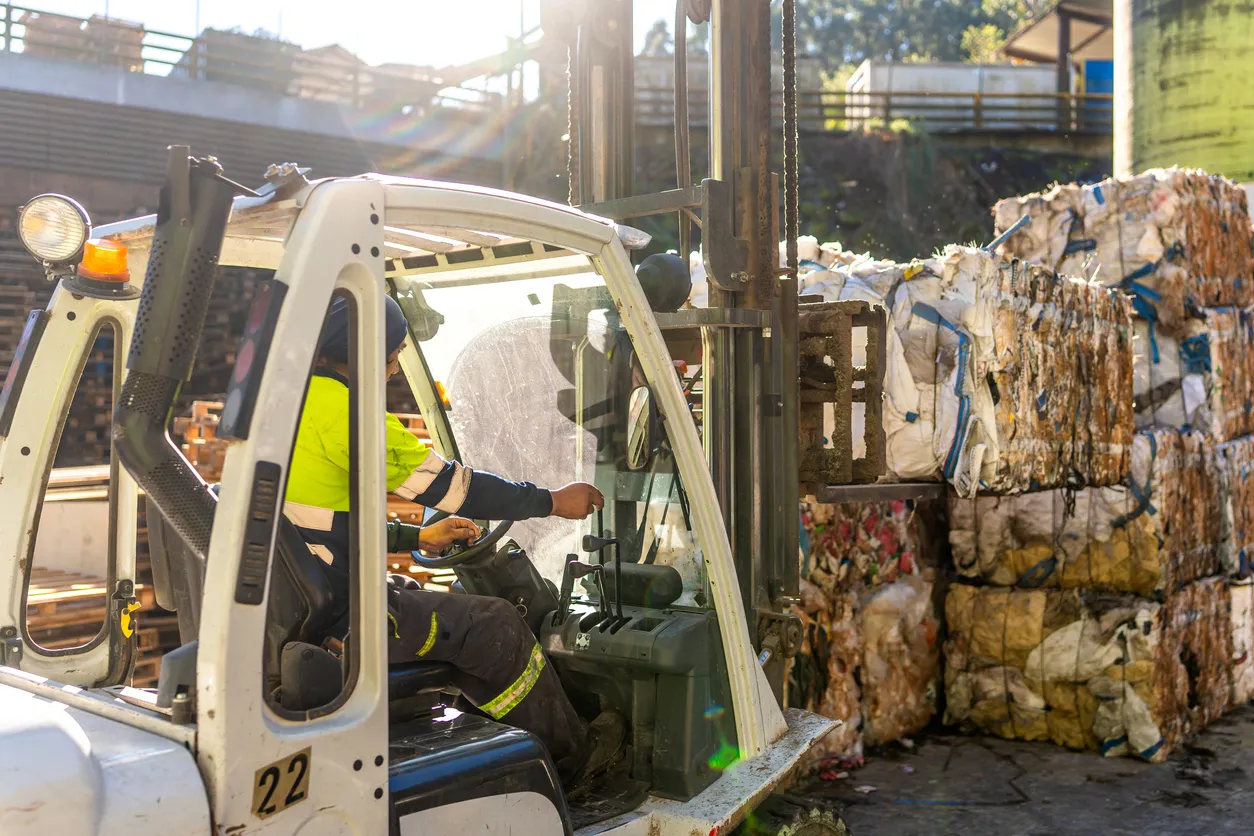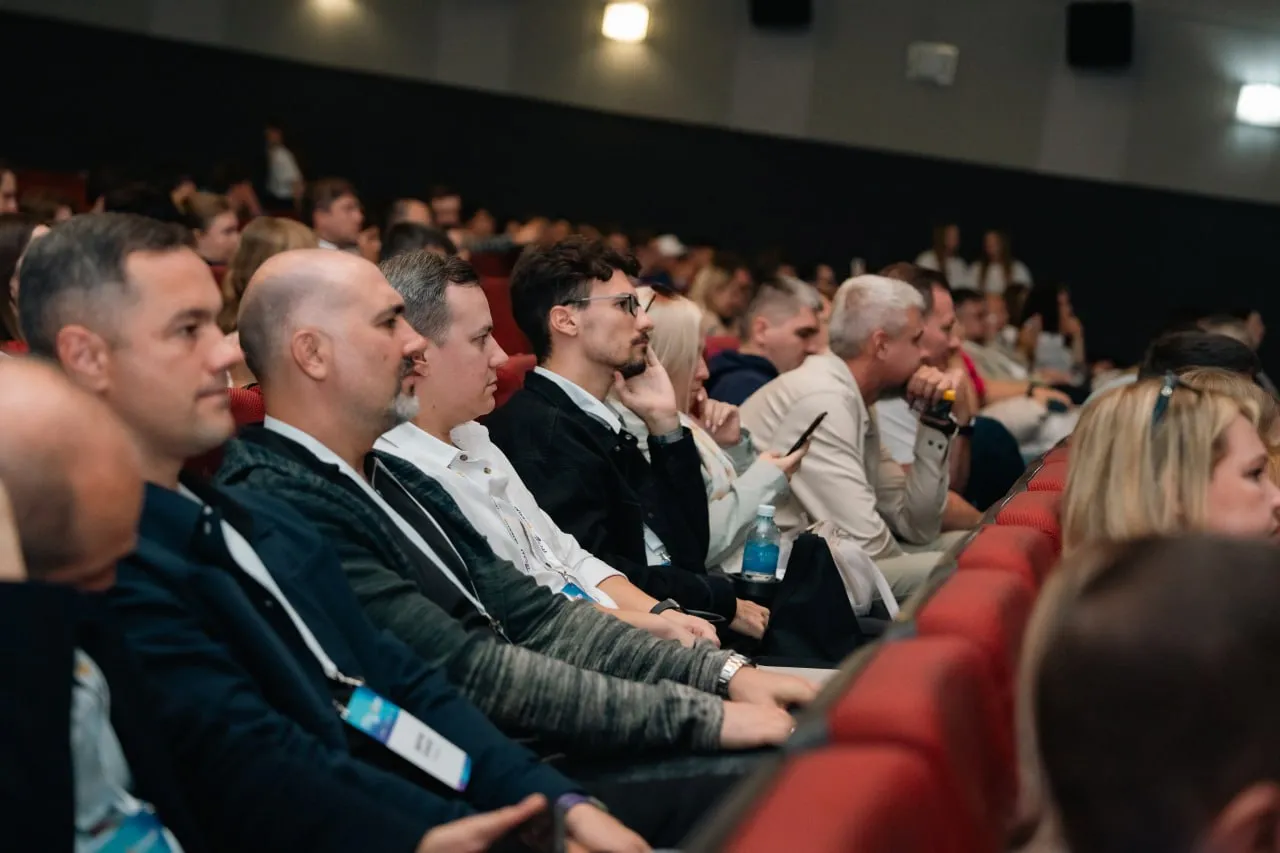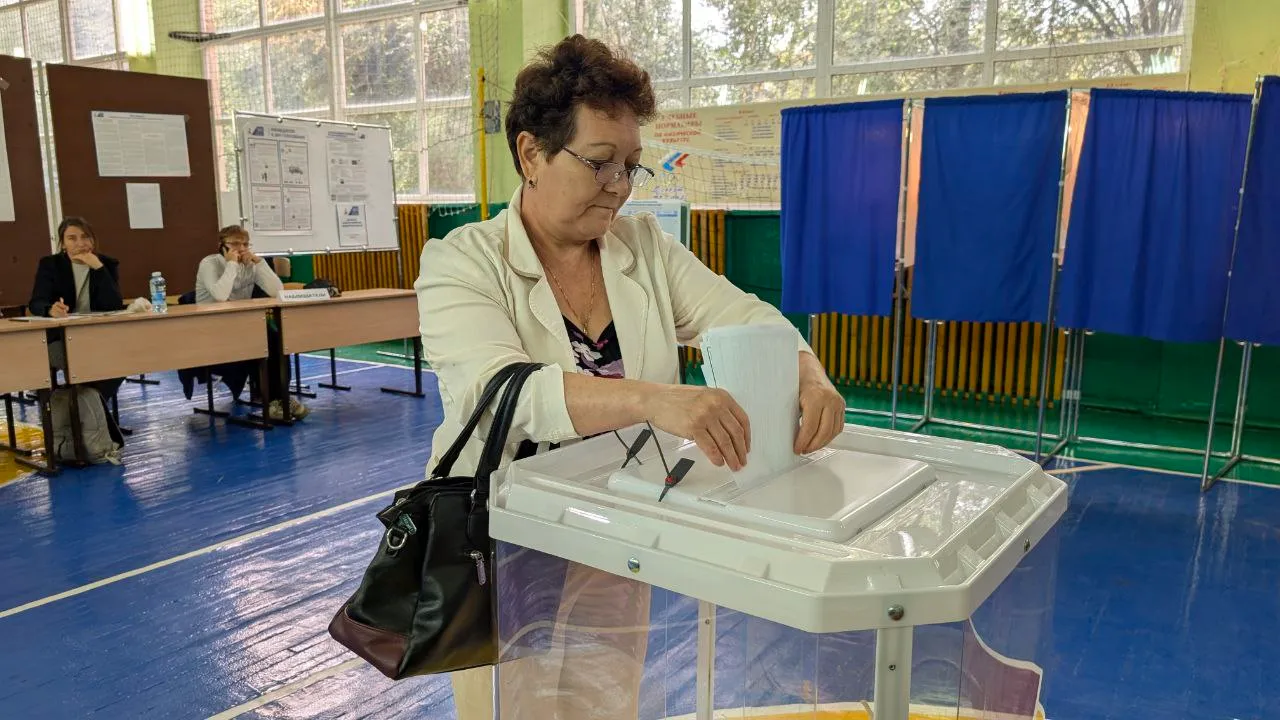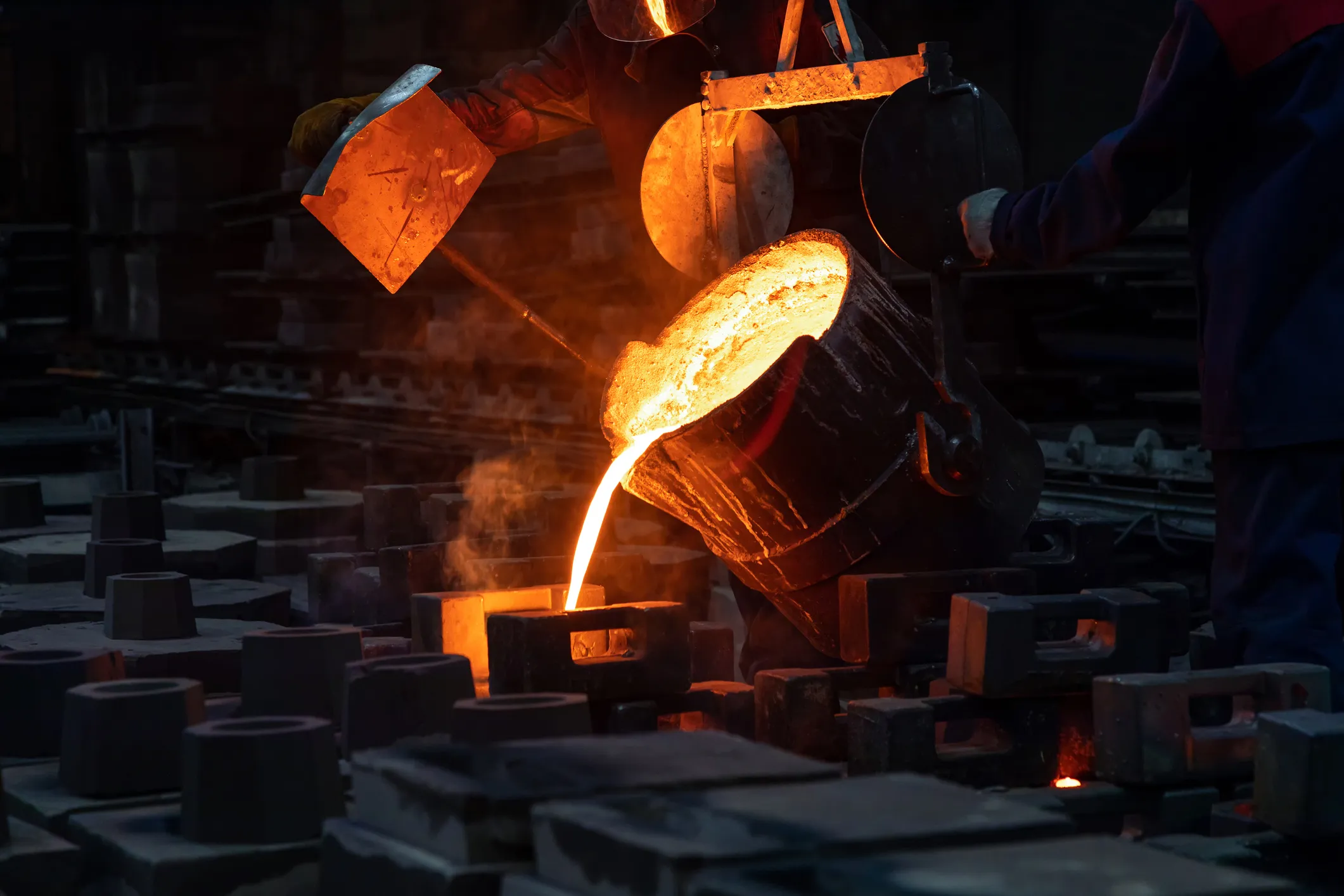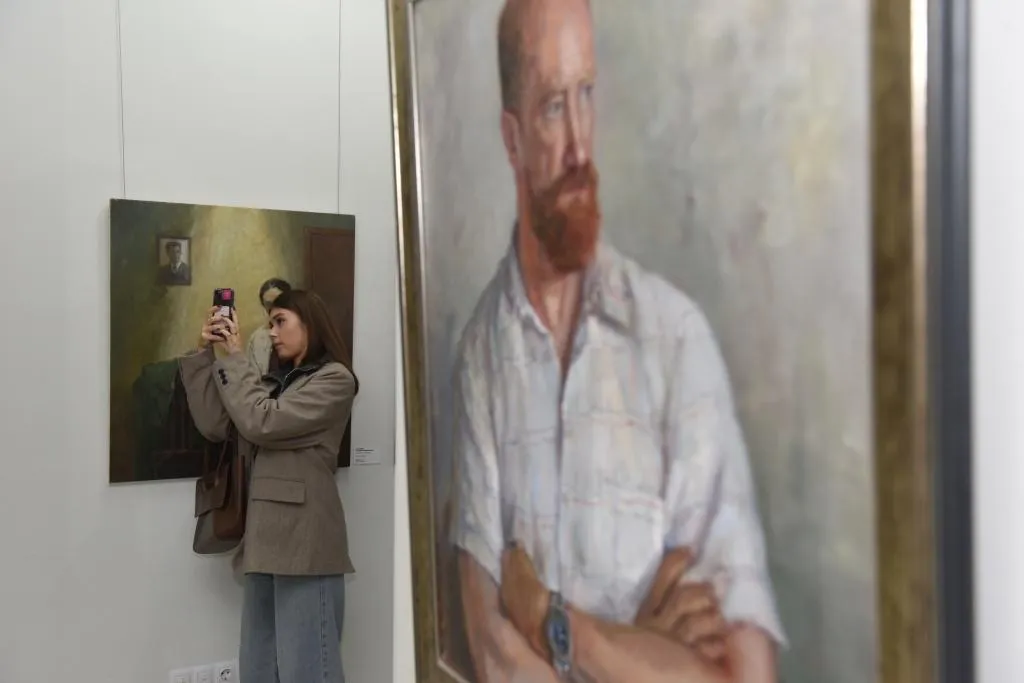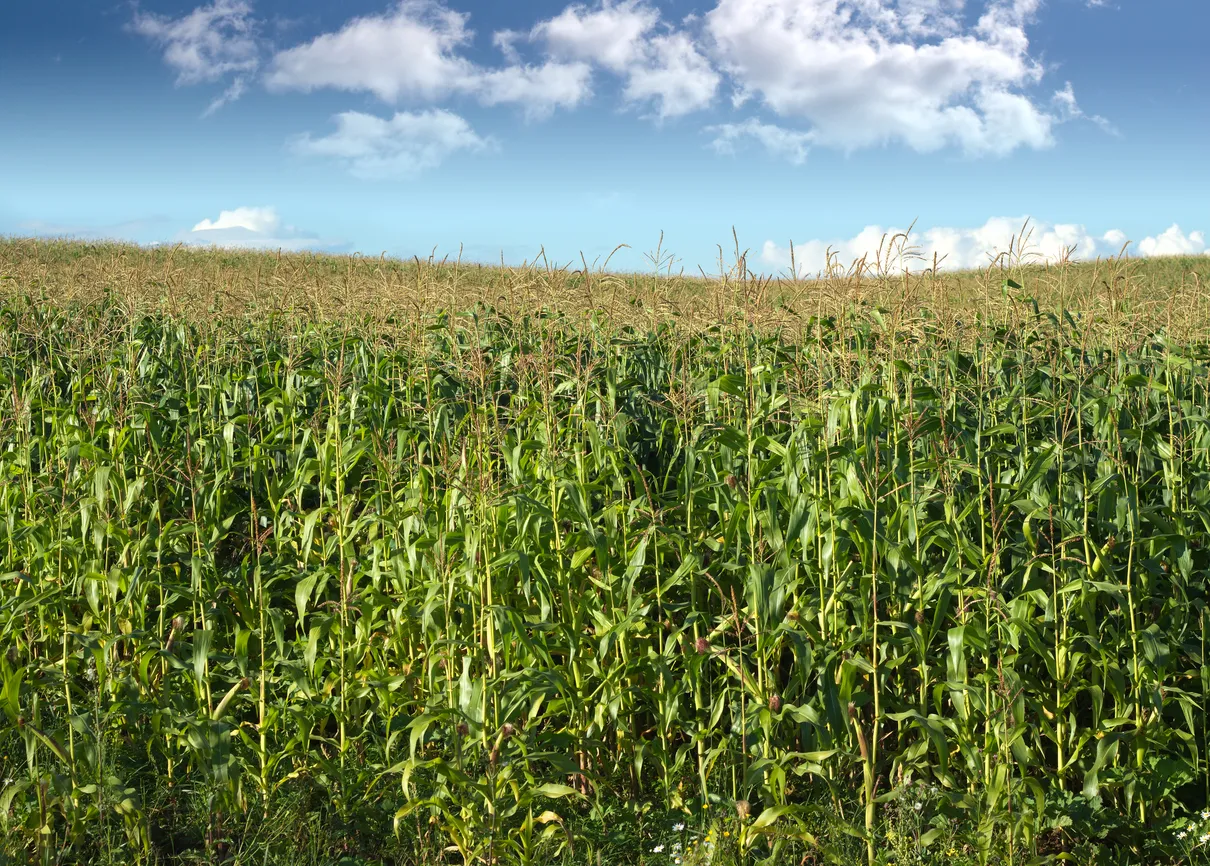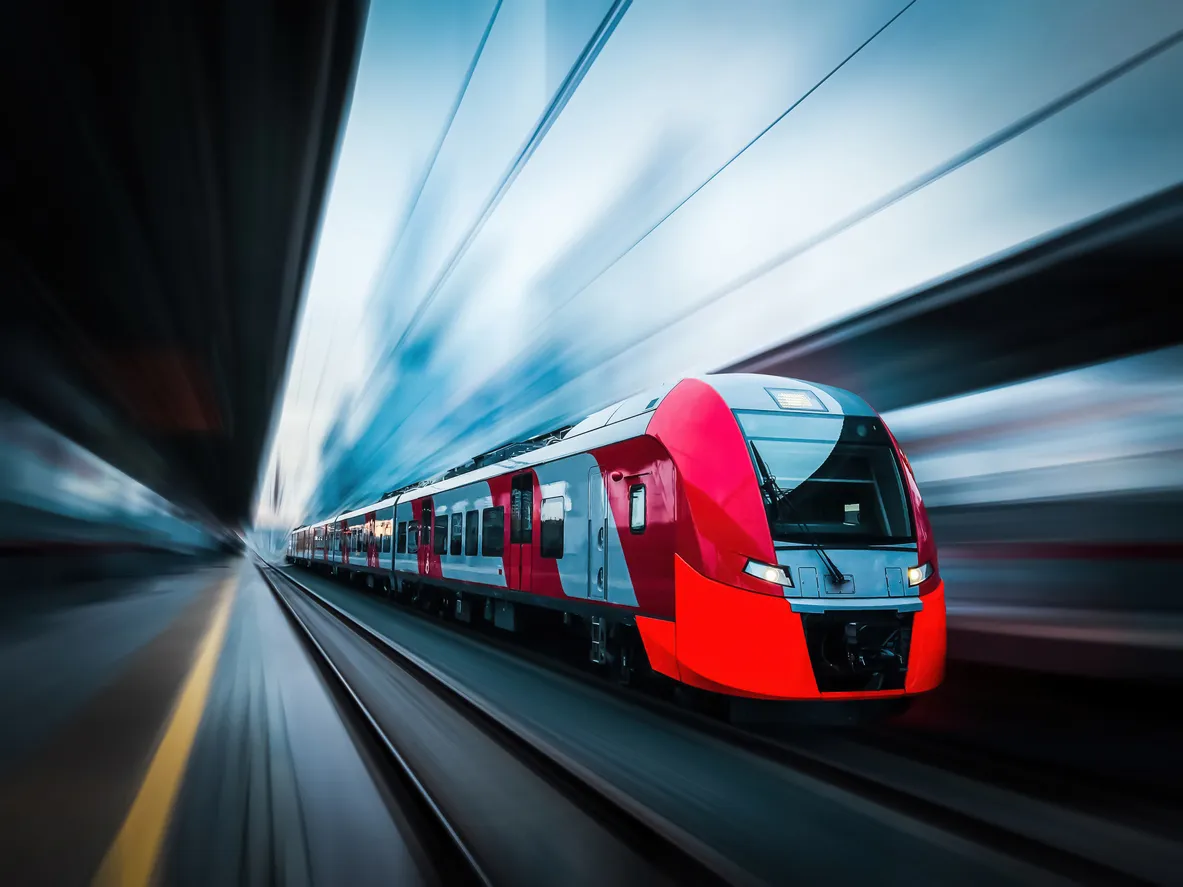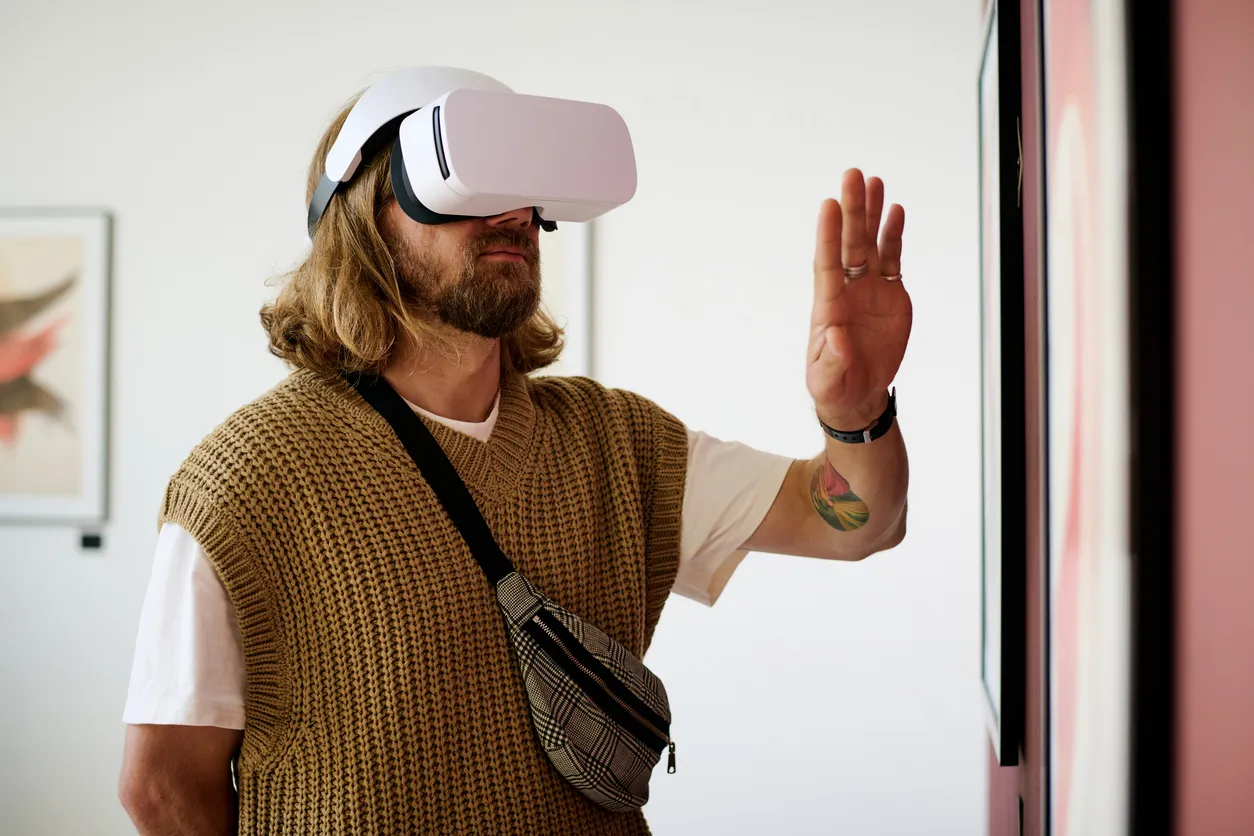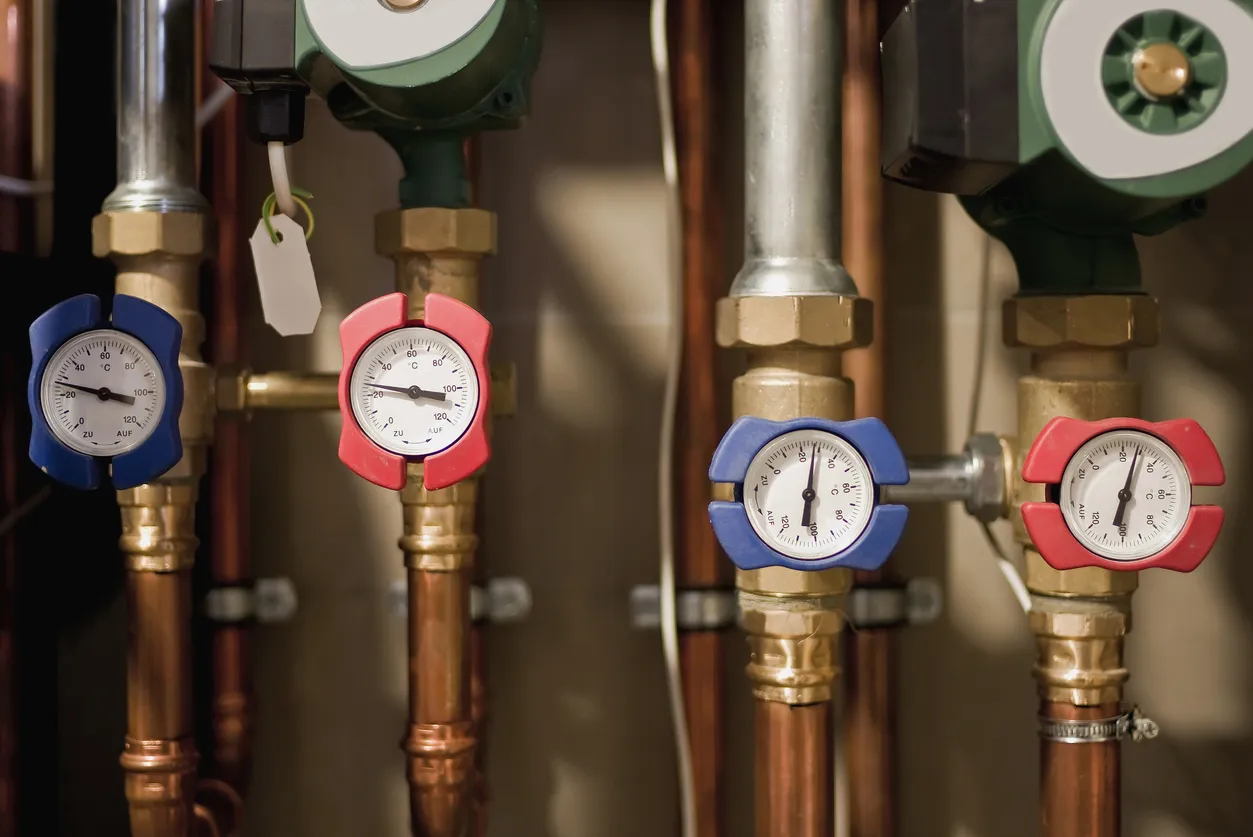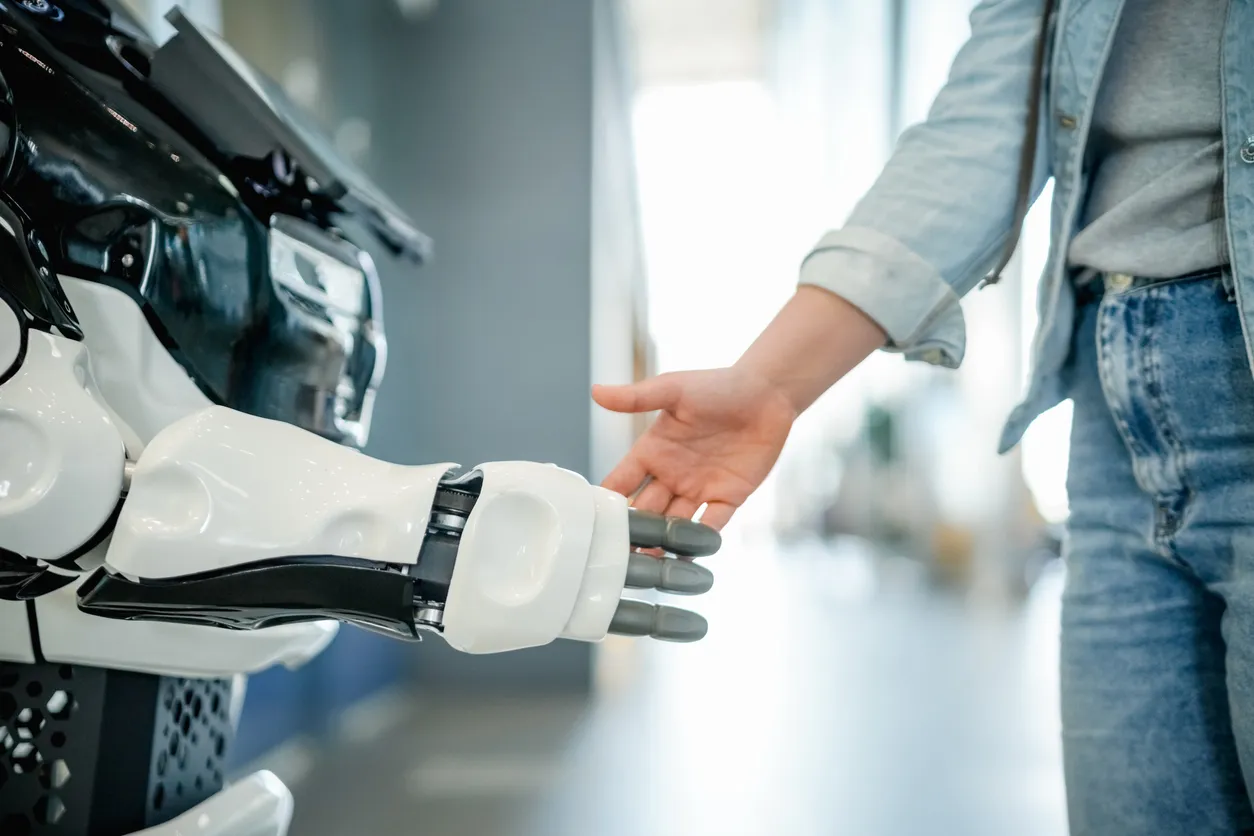Russian Mathematician Uses AI to Stop Bridges and Elevators From Shaking Apart
A breakthrough by Vladislav Litvinov of Syzran could make elevators, bridges, and industrial structures safer by preventing catastrophic resonance before it starts.

Russian mathematician Vladislav Litvinov has unveiled a method that puts artificial intelligence to work against one of engineering’s oldest threats: resonance. His approach predicts and prevents dangerous vibrations before they spiral into disaster. The payoff could be huge—safer elevators, sturdier bridges, and more reliable industrial equipment.
Litvinov’s research shows how Russian science is pushing AI into practical engineering, strengthening the country’s technological independence while feeding into global safety efforts.
The system was presented by the Syzran branch of Samara Polytechnic at a major international conference hosted by Moscow State University. The core idea: train a neural network to spot trouble. According to the university’s press office, as reported by IT-Russia, the AI combs through massive datasets and learns to pinpoint resonance frequencies—the tipping points where structures begin to vibrate dangerously and risk collapse.
The significance of the work has already been recognized internationally. Litvinov’s paper passed a competitive review and was recommended for publication in a leading journal of the Russian Academy of Sciences. At the Moscow-region conference, experts from Russia, China, Azerbaijan, and other countries weighed in on its potential impact.
Earlier, we reported that Russia had introduced digital monitoring systems for the construction of waste-processing plants.








